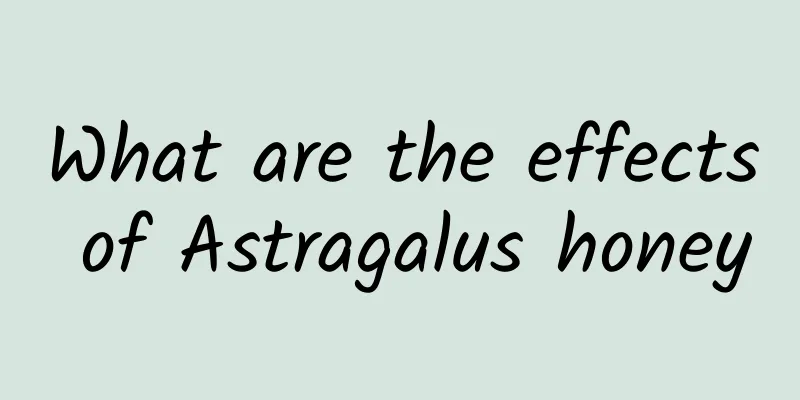Effects and functions of Quercus contorta

|
The traditional Chinese medicine Quercus truncatula is often used by people in real life because of its functions and effects. So, what effects and functions does Quercus conebur have? Let us study it together. 【Other name】 Yellow chestnut [Source] Medicinal material source: the white bark of the stem of Quercus truncatula, a plant of the Fagaceae family. 【Original form】 Evergreen tree, up to 15cm tall. Branchlets are gray-yellow pubescent. Leaves are alternate; petiole 1-2cm long, densely covered with grayish yellow fine hairs; leaf blade is leathery, obovate or elliptical, 5-10 (-12)cm long, 2.5-6cm wide, apex acuminate or obtuse, base cuneate or rounded, margin serrated above the middle, with glandular dots at the tooth tip, densely covered with grayish white or grayish yellow hairs on both sides when young, with yellow hairs on the underside of old leaves, with 8-12 pairs of lateral veins reaching the tooth tip. Flowers are unisexual and monoecious; male inflorescences grow at the base of new branches, 4-5 cm long, with the axis densely covered with gray-yellow hairs; female inflorescences are 1-2 cm long, with 5-6 flowers; inflorescences are 1-2 cm long, with the axis densely covered with gray-yellow hairs. The cupule is cup-shaped, surrounding about 1/2 of the nut, with a diameter of 1-1.3cm and a height of 0.7-1.2cm, sometimes disc-shaped and about 4mm high; the bracteoles are triangular, about 2mm long, with tubercle-like protrusions on the back, and covered with gray hairs; the nut is oblong or nearly spherical, with a flat or concave top, 0.9-1.3cm in diameter and 1.1-1.3cm high, with fine gray hairs on the exposed part, and the navel is slightly protruding. The flowering period is February-March, and the fruiting period is September-October. [Habitat distribution] Ecological environment: Grown in mountains or pine forests at an altitude of 1000-2600m. 【Nature and flavor】 Slightly bitter; astringent; slightly warm 【Functions and indications】Relieve cough and relieve asthma. Mainly cold; cough with sputum; asthma [Usage and Dosage] For oral use: decoction, 10-15g. [Discussions by various scholars] "Xinhua Compendium of Materia Medica": It tastes astringent and slightly bitter, is slightly warm in nature, and has the function of relieving wheezing and calming asthma. Used for colds, asthma, etc. 【Excerpt】 Chinese Materia Medica The above is some introduction to the effects and functions of the traditional Chinese medicine Quercus truncatula. Quercus truncatula is of great help to human diseases, but it is worth noting that we should use symptomatic medication according to our personal physical condition and avoid indiscriminate consumption. |
<<: The efficacy and function of cone snail shell
>>: The efficacy and function of pelican oil
Recommend
The efficacy and eating methods of Panax notoginseng
Many people like to use some Chinese medicinal ma...
Licorice root powder benefits and effects
Licorice is a widely used medicine in traditional...
What should I pay attention to when drinking dried Jiaogulan
Gynostemma pentaphyllum is a kind of traditional ...
The efficacy and function of green wine jar
I believe many people are familiar with the Chine...
What is Placenta
Many people don’t know what placenta is. In fact,...
Effects of Licorice and Scutellaria Decoction
Licorice and Astragalus are two very common Chine...
The first dog to go into space died peacefully after seven days of orbiting the Earth?
The first life on Earth to enter space was not a ...
This creative science project in Sweden allows you to climb the sun, moon and stars
Take a cosmic journey with the world's larges...
How can we prevent cancer before it happens?
Regarding tumors, although early diagnosis and ea...
3 chimpanzees kidnapped, killed if no ransom is paid|Nature Trumpet
Welcome to the 18th issue of the Nature Trumpet c...
What are the whitening effects of Poria cocos
The whitening effect of Poria cocos is very power...
The efficacy and function of chicken leg violet
I believe many people are familiar with the Chine...
Can I eat Angelica and Astragalus during breastfeeding?
After giving birth, women will enter a special pe...
Do you have to avoid certain foods when getting rid of acne? The answer may be different from what you think
Author: Tang Jiaoqing, attending physician of der...
From gargling to brushing teeth: How did people in ancient China keep their mouths clean?
Speaking of oral health, it seems that more and m...









